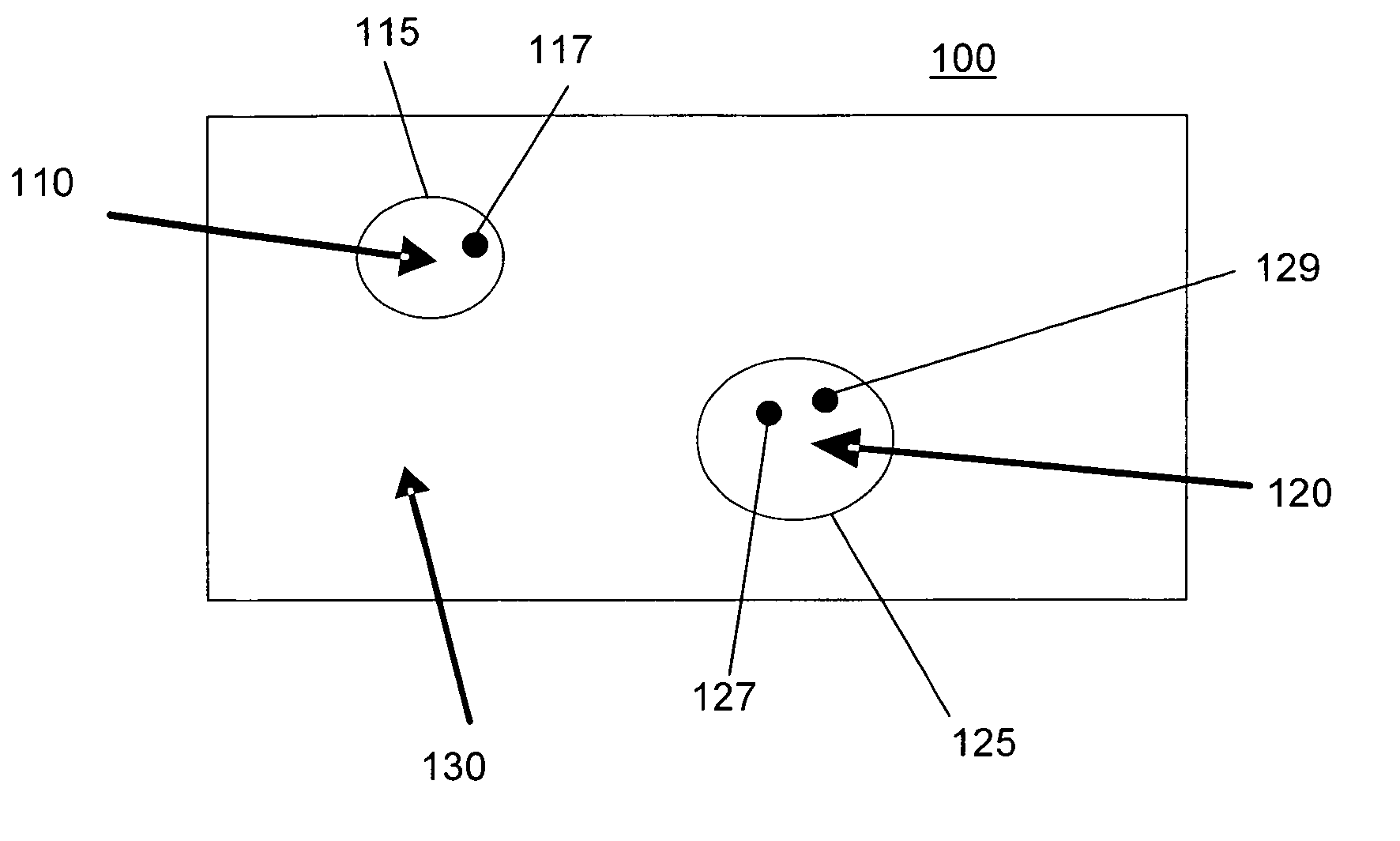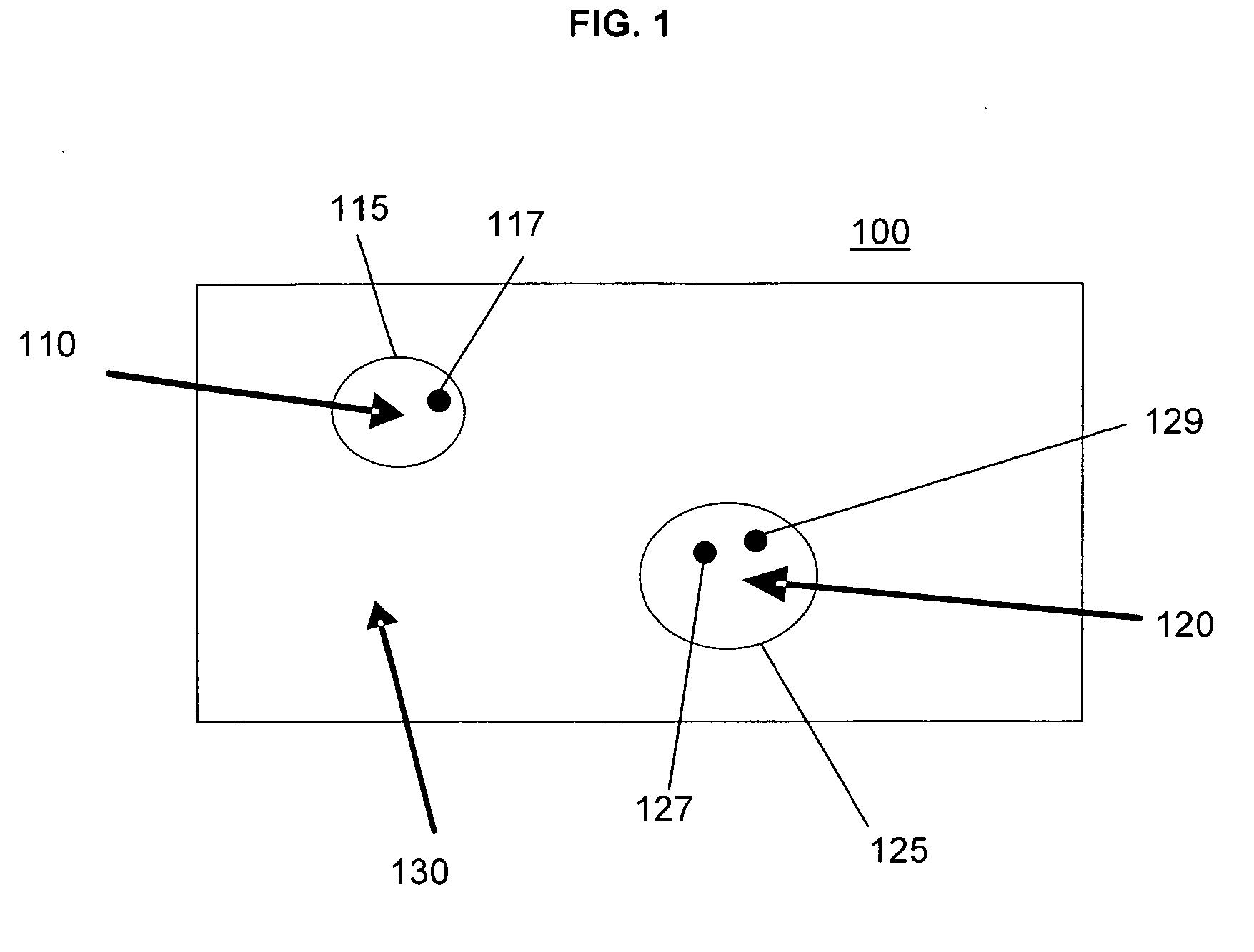Self-Healing dental restorative formulations and related methods
a dental restorative and formulation technology, applied in dental prosthetics, dental impression caps, dentistry, etc., can solve problems such as being susceptible to disturbances, and achieve the effect of greater resistance to disturbances
- Summary
- Abstract
- Description
- Claims
- Application Information
AI Technical Summary
Benefits of technology
Problems solved by technology
Method used
Image
Examples
Embodiment Construction
This application incorporates by reference the entire subject matter of U.S. patent application Ser. No. 11 / 809,248 filed May 31, 2007.
As shown in FIG. 1, a dental restorative formulation 100 includes a first additive 110 and a second additive 120 incorporated into the continuous phase of a resin matrix, a or dental material 130. The first additive 110 includes a first capsule 115 and the second additive 120 includes a second capsule 125. It is contemplated that the first capsule and the second capsule account for about 1-15 wt % of the dental restorative formulation.
For purposes of this application, a dental material 130 is one or more monomers selected from the group of: 2,2-bis[4-(2-hydroxy-3-methacryloyloxypropoxy)phenyl]propane (“Bis-GMA”), dimethacryloxyethyl 2,2,4-trimethylhexamethylene diurethane (“UDMA”), and 1,6-bis[2-methacryloxy-ethoxycarbonylamino]-2,2,4-trimethylhexane (“UEDMA”), triethyleneglycol dimethacrylate (“TEGDMA”), polyethylene glycol dimethacrylate (“PEGDMA”)...
PUM
 Login to View More
Login to View More Abstract
Description
Claims
Application Information
 Login to View More
Login to View More - R&D
- Intellectual Property
- Life Sciences
- Materials
- Tech Scout
- Unparalleled Data Quality
- Higher Quality Content
- 60% Fewer Hallucinations
Browse by: Latest US Patents, China's latest patents, Technical Efficacy Thesaurus, Application Domain, Technology Topic, Popular Technical Reports.
© 2025 PatSnap. All rights reserved.Legal|Privacy policy|Modern Slavery Act Transparency Statement|Sitemap|About US| Contact US: help@patsnap.com



